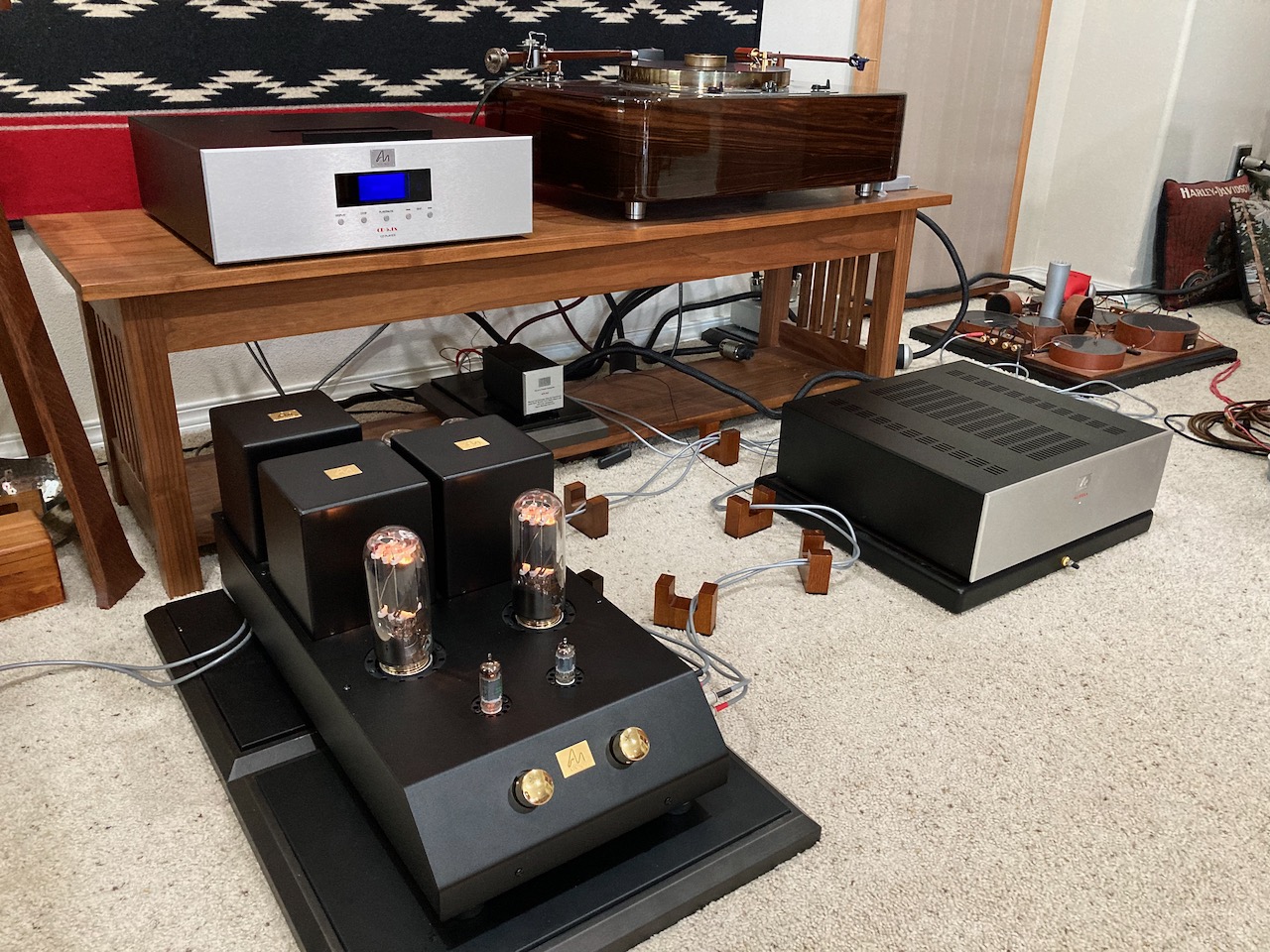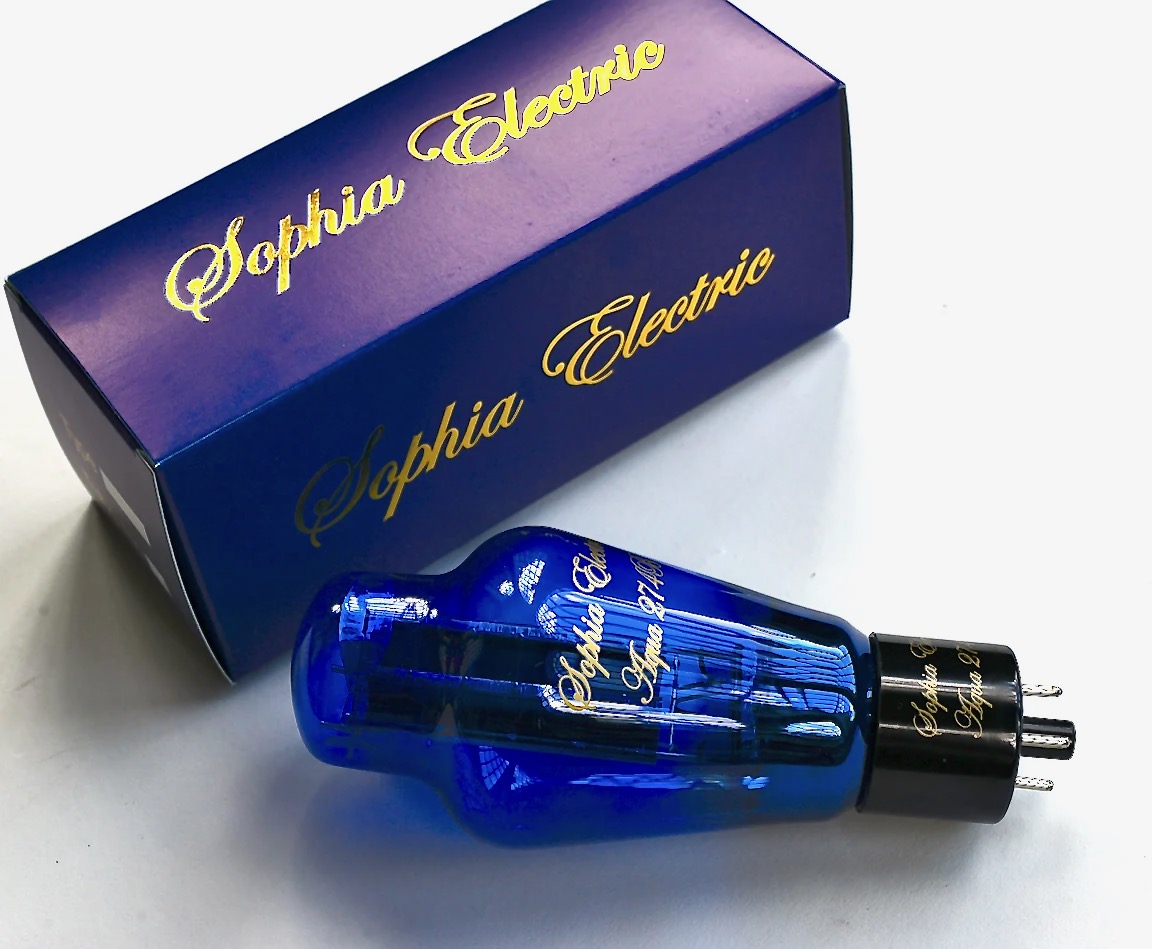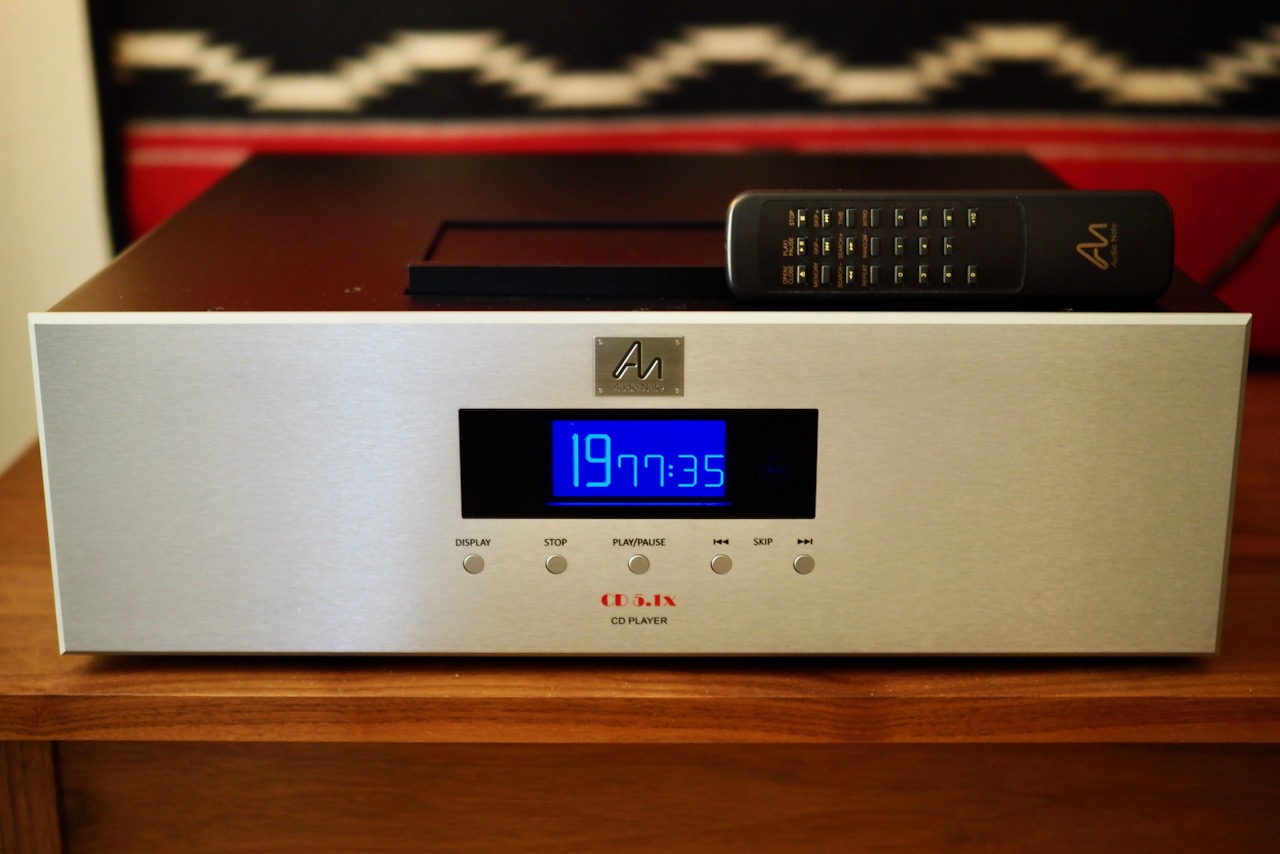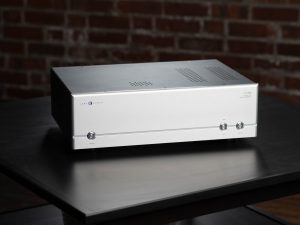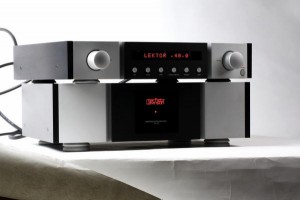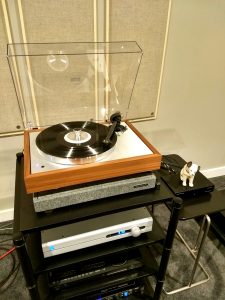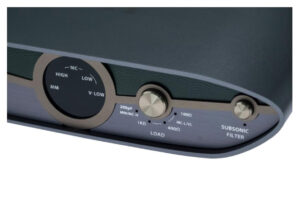Summary and Conclusions
I think most listeners would be thrilled to have a Level Three M3 RIAA phono preamplifier in their audio system. I know I was thrilled to listen to music with it, and write about it for you here at Positive Feedback (HERE).
The M3 was capable of delivering such a lofty level of performance it nearly defied description—one really has to listen to it to really "get it." The M3's natural tonal balance, information rich presentation of music, it's uncanny ability to convey the life and emotion of music, and it's ability to elevate the fidelity of almost any record album was impressive.
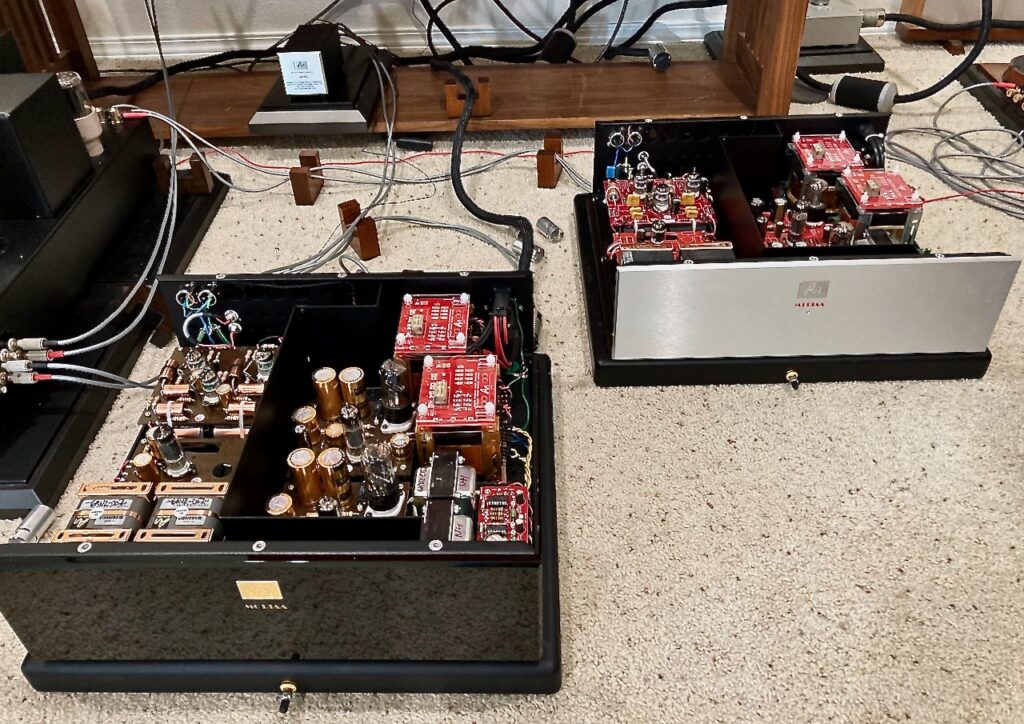
Enter the Level Four M6 RIAA, with its circuit upgrades of NOS vacuum tubes (GE 7044 Phillips 6X5G, and RCA ECL82), silver foil output capacitors, silver wiring, Cerafine main power supply electrolytics, FK and standard Black Gates power supply junction electrolytics, silver foil interstage signal caps on the output of phono second stage, and an output transformer with a copper wired primary, silver wired secondary, and a high nickel content C-core.
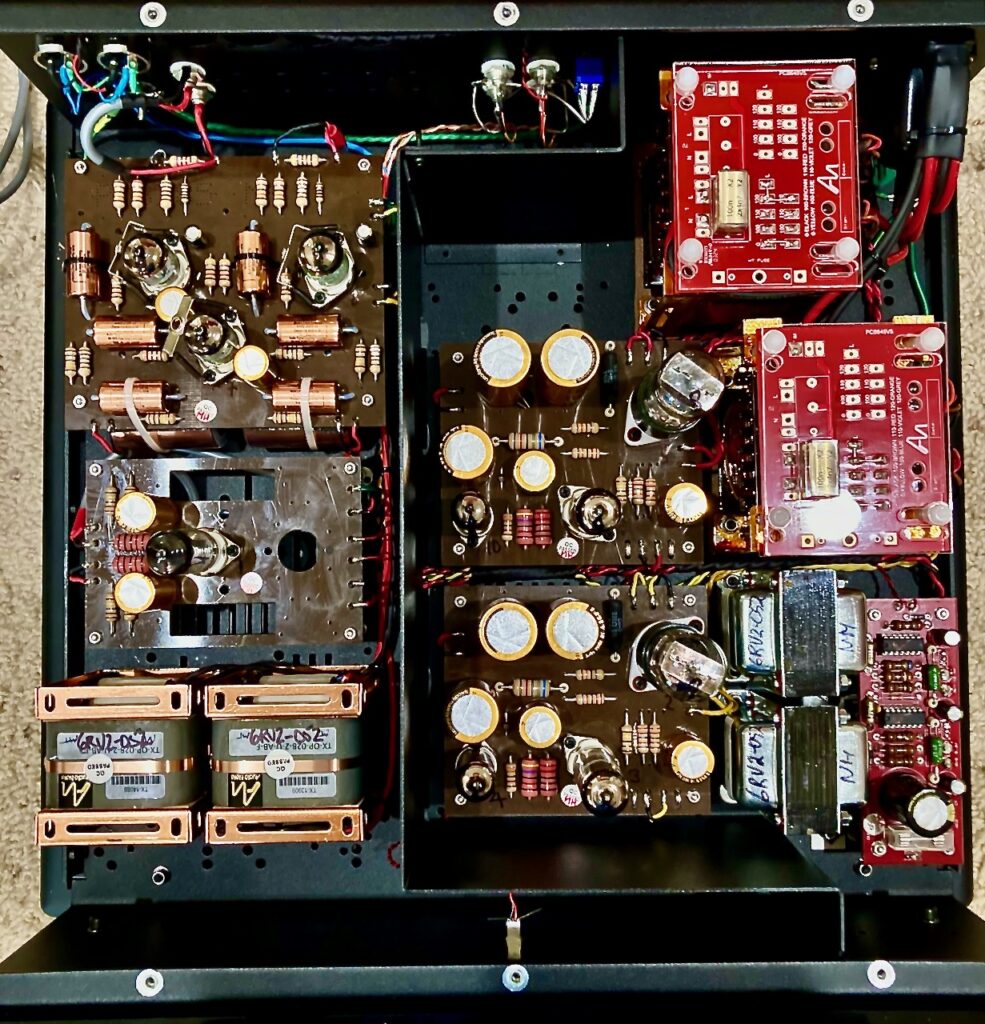
The M6 circuit upgrades provided a staggering level of performance increase to what I already considered to be an extraordinary phono preamplifier with the M3.
How big is the increase in performance? I'd say the M6 performs at two to three times the level of the M3, which is commensurate with the price increase between the M3 ($11,314 USD) and the M6 ($23,383 USD). You get what you pay for when going up a performance level in the Audio Note (UK) phono preamplifier product line.

If you have either of these phono preamplifiers in your audio system, you should consider yourself to be a very fortunate person indeed.
The overall tonal balance of the M6 sounded exquisitely natural and liquid, a little warmer, and the way the music bloomed, flowed, and glowed - in the time domains of music - impressed the heck out of me.
With the M6 I heard a lot more musical information coming through: it possesses a lower detection level with greater resolution of small signals. The M6 provided an extraordinary amount of inner detail, longer decay of notes, more evident timbral textures with more timbral realism, and revealed even more harmonic sophistication in the music—a truly information rich musical presentation.
The additional musical information the M6 provided elevated my listening sessions, with even my average-fidelity albums of great music elevated into the territory of high-fidelity audiophile favorites. All my albums became much more musically satisfying to listen to, more emotionally and intellectually engaging, and just thrilling to hear in their dramatic transformation.
Albums that I thought were so-so in fidelity turned out to be much better than I had imagined through the M6, and those superbly recorded albums did too. Across the range of fidelity, the improvement was dramatic.
From a visuospatial perspective, recordings opened up a lot in terms of clarity with the M6. There was more of a sense of living and breathing continuous acoustic space around and between the aural images of musicians, with a wider, deeper, taller, more layered, and closer to the listener, soundstage.
I noted that imaging was enhanced with the M6, providing a clearer delineation of the aural images throughout the dimensions of the soundstage. There was more than just an ethereal holographic presence of aural images with the M6, as I also got a strong—almost eerie—sense of a living flesh and blood body connected to the individual aural images, which provided a more real and dramatic presence of the musicians in my listening room.
The M6's combination of clarity and an information rich presentation made it feel like these were not just disconnected aural images hanging in an artificial space of a black acoustic background, but that these were flesh and blood musicians who were connected to each other's playing across space and time in the soundstage, with a vivid sense of musicians responding creatively to each other reverberating between them.
There were more expressive gradations in dynamics present with the M6, from the delineation of softer dynamics in mellow or wistful melodies, to an authoritative dramatic presence in the bigger dynamic swings, which gave more presence, realism, and authority in the way the music was presented.
I kept getting a stronger sense of musical involvement with the M6. I was hearing more of the artistic creativity of albums, in terms of their drama and emotional tone, and I felt that it was what the artists and audio engineers would have wanted me to hear.
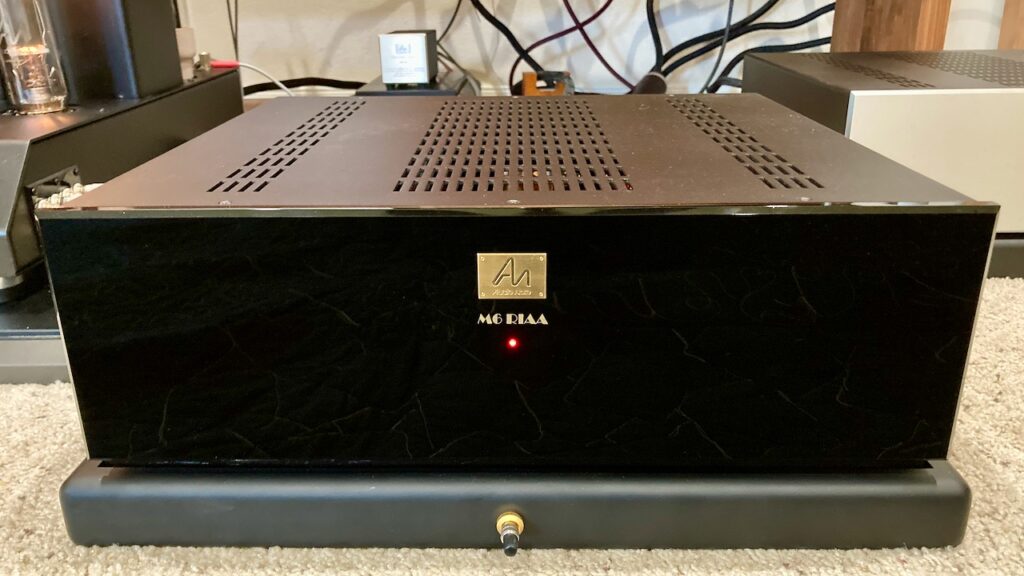
The M6 just sounds right: it's satisfying, musically profound, emotionally engaging, and possesses beautiful sound quality that transformed the albums I listened to into riveting listening experiences.
I would like to thank Peter Qvortrup for sending his Audio Note (UK) components to me to write about, and for demonstrating to me how his performance level system relates to real-world audio performance in the home.
You get your monies worth and then some. Pick a level that matches your budget, and you will get commensurate results that will delight you. If you have more money to spend, well then the sky is the limit.
The Audio Note (UK) M6 RIAA phono preamplifier performs at a rarefied level, and is easily the highest performing and most highly recommendable phono preamplifier I have heard to date.
As always, thanks for stopping by, and may the tone be with you!
M6 RIAA phono preamplifier
Price: $23,383USD
Audio Note (UK)
Contacts for sales inquiries: Daniel Qvortrup and Peter Qvortrup.





